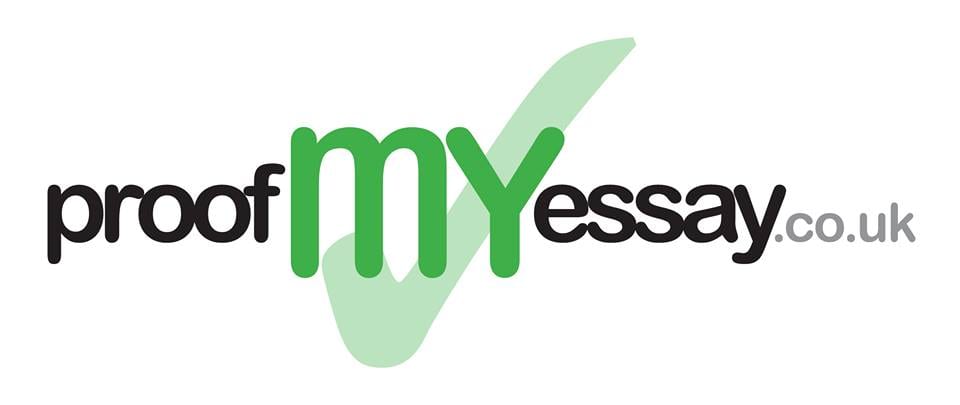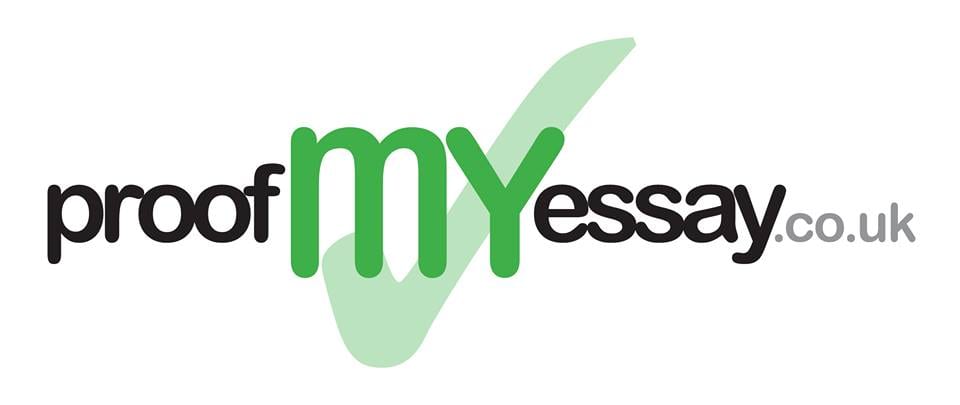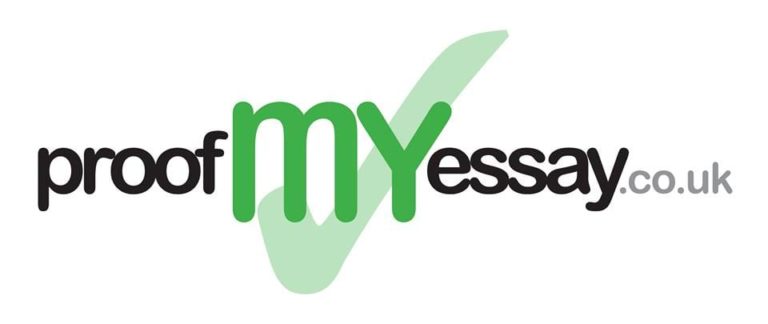The Modern Language Association style, abbreviated as the MLA formatting style, is usually used in written papers that concern the field of humanities and liberal arts. This article presents the general format characteristics of MLA research papers, together with information about footnotes, in-text citations, and other traits of the MLA formatting style, in accordance with the seventh edition of the MLA Handbook for Writers on Research Papers and the MLA Style Manual and Guide to Scholarly Publishing, 3rd edition.
The MLA general format
The MLA formatting style specifies general guidelines regarding the format of manuscripts and the use of the English language; furthermore, it also provides its own system of referencing by the use of parenthetical citations together with a Works Cited section for their essays. The proper use of the MLA formatting style assures the author’s credibility by protecting him or her against accusations of plagiarism. As you probably already know, there are few things that are more important for a paper’s credibility than the accountability of its source material.
The paper format guidelines specified by the MLA formatting style are the following:
– Print out your paper on a standard sheet (8.5 11 inches)
– Double-space the whole text, using a legible font (Times New Roman is usually recommended). If you choose certain fonts, make sure that the regular and italics type are easily differentiated. The recommended font size is 12.
– Leave only one space after punctuation marks, unless instructed otherwise by your examiner or instructor.
– Leave 1-inch margins on all the sides of your document.
– The first line of each paragraph has to be indented by half an inch. The easies way to achieve this is by using the Tab key, and not by pressing the Spacebar five times.
– Insert a header containing the page numbering in the upper-right corner, one half inch from the top, flushing with the right margin. However, if your instructor insists on omitting the number on your first page, do so. Your priority is respecting the instructor’s wishes and not the LMA guidelines.
– Use italics for writing the names of longer works in your paper. When it is absolutely necessary, provide emphasis.
– Include your endnotes on a unformatted separate page before the Works Cited page, entitling it “Notes”; centre it afterwards.
The first page
These are the MLA formatting style guidelines for the first page of your essay:
– First of all, do not write a title page unless your instructor specifies it.
– In the upper-left corner of your first page, write down your name, the name of your instructor, the course and the date. Do not forget to use double-spaced text.
– Double space, add the title, and centre it. Avoid the use of underlining, italics, and do not place the title in quotation marks; capitalise the main words of your title (this is called Title Case).
– Quotation marks and/or italics are used when you refer to other works in your title; for example, Humanitarian Perspectives in “2001: A Space Odyssey”; Freudian psychoanalysis theories applied to William Shakespeare’s Hamlet.
– Double space between the essay’s title and the first paragraph of your text.
– Use a page header on the upper-right corner, containing your last name and the page number in Arabic numerals. Set it half an inch from the top and flush it with right margin. Once again, if your instructor specifies that you skip this feature, do as he or she tells you.
In-text citations
The MLA formatting style specifies that the parenthetical references are to be set right before the concluding punctuation mark that ends the sentence containing the cited information. Examples:
When having the name of the author in the text: Thompson has performed several studies that validate the aforementioned theory (211-216).
When the name of the author is included in the parentheses: Several studies have validated this theory (Thompson 211-216).
When citing volumes, write the surname of the author first, followed by the volume number and a colon, after which you write down the page range: (Bernhardt 3: 22-26)
Online sources are cited in a similar manner. When an online source has no page numbers, you omit them from your parenthetical reference. An example of a cited online source having numbered paragraphs: (Freeman, pars. 11-14)
The general rules of the MLA formatting style regarding in-text citations are simple to comply with:
– References are placed in the pauses of a sentence, such as before a comma, a semicolon or a period, as near as possible to the relevant material.
– Cite in brackets the name of the author and the page number where you have extracted the information. When citing multiple sources in the same reference, separate the individual citations using a semicolon.
– Furthermore, you may omit page numbers when there is no page number to be mentioned, like in the case of web pages.
– When writing down the corporate author (the organisation or company behind the paper), simply cite its name; if it is a long name, you might include it in your sentence, rather than in brackets. Example: There are numerous facts supporting these claims (Natl. Research Council 124); The National Organisation for Women has another view (225).
Indirect sources
Generally, you should avoid taking information from indirect (or second hand) sources. When paraphrasing or quoting an indirect source, add “qtd. in” before mentioning the source, inside the brackets: Jones does not agree with this “inhuman practice” (qtd. in Gordon 144). Moreover, when quoting classic literary works, write the page number, a semicolon, and add other information useful for identifying the right passage or sentence: (Huxley 23; pt 1, ch. 1)
List of works cited
The MLA Formatting Style specifies the use of a Works Cited list added at the end of your paper, for helping your readers to locate the sources you have used for your paper. It should contain a heading saying “Works Cited”.
Write first the surname and then the name of the authors; when having multiple authors or editors, only the first author is written surname first; for example: Sagan, Carl, and Iosif Shkhlovsky. When dealing with large numbers of authors and editors, you may include the first one and then add “et al”. The titles need to be written in italics.
When writing in the MLA formatting style, your book references should contain the details in the following order: the name of the author, the complete title of the book, the edition, if mentioned, the place of publication, the publisher’s name (shortened), the date of the publication and, lastly, the medium of publication (which can be: print, web, radio, television, audiotape, CD, film, performance, photograph, oil on canvas, interview, e-mail, or digital file. If you mention a software program, italicise its name).
Basic format: Lastname, Firstname. Title of Book. Place of Publication: Publisher, Year of Publication. Medium of Publication.
Example: Orwell, George. 1984. New Houghton Mifflin Harcourt. Print.
For essays or chapters found in edited books and anthologies, the details that need to be listed according to the MLA formatting style are the following: the essay or chapter author’s name, the title, the title of the book, the name of the compilers or editors, place of publication, name of the publisher (also shortened), date of publication, the page range, and medium of publication. Example:
Walsh, Mike. “Social Factors in A&E Attendance.” Accident and Emergency Nursing. Ed. Andrew Kent. Elsevier, 2011. 10-50. Print.
Citing articles in journals, magazines and newspapers
When referencing a periodical article, offer the following details: the author, the title of the article, the title of the journal, magazine or newspaper in which the article has been published, the volume number, publication date, page range and medium of publication. The issue numbers need to be written as decimals of the volume number (for example, 14.3 reads volume 14, issue 3). Moreover, when citing a newspaper, specify the edition, because the material may vary between different editions.
Examples:
Journal article written by two authors: Jonathan Lawry, Yongchuan Tang. “On truth-gaps, bipolar belief and the assertability of vague propositions”, Artificial Intelligence 191 (nov 2011): 20-41
Example of referencing a magazine article:
Mangalindan, JP. “Today in Tech: New Apple Maps attacked for alleged inaccuracies “ Fortune 20 Sep. 2011: 10-11. Print
Citing websites
The MLA formatting style does not require the mentioning of URLs in citations, unless your instructor mentions it. If you do include a URL, write it after the date of access, enclosing it in angle brackets, and add a period at the end. If pagination is either unavailable or not continuous, mention the phrase “n. pag.” when citing the web source.
Examples of web entries:
Cornell University Library. “Introduction to Research.” Cornell University Library. Cornell University, 2009. Web. 19 June 2009 <http://www.library.cornell.edu/resrch/intro>.
Article in an online periodical
Doig, Will. “Let’s Swim to Work.”, Salon 15 Sep. 2012: n. pag. Web 19 Sep 2012.
Example of encyclopaedia entry
“Tesla, Nikola.” Encyclopaedia Britannica Online. Encyclopedia Britannica, 1998. Web. 16 Mar. 2010.
If you desire to know more about using the MLA formatting style, you might want to access the following websites: http://www.mla.org/and www.library.uvic.ca
Are you still struggling with writing the perfect MLA Format essay? Academic Sciences is able to provide custom essays and model answers which can help you manage your MLA Format essay writing and get the grade you want. We have a variety of solutions available to you to suit both your academic level, time frame and budget. Have a look through our academic guides and if you are still struggling, consider giving us a call or placing an order for an essay on-line.
[two_columns height=”210″ border=”border”]
[list style=”orb” color=”blue”]
- If you wish to speak to one of our friendly consultants, please call: 0203 011 2240
- Text/whatsapp 07799 422 993
- And it is even easier to ping us an on-line message!
[/list]
[hozbreaktop]




